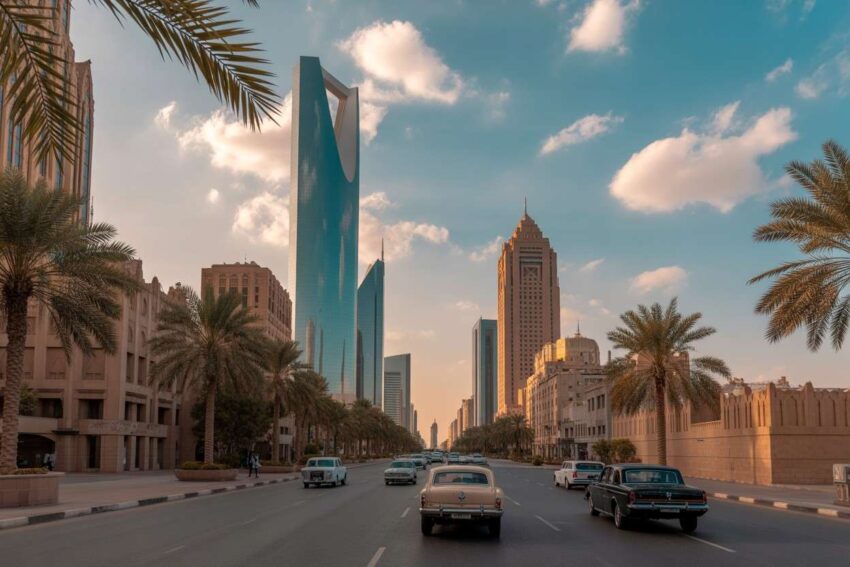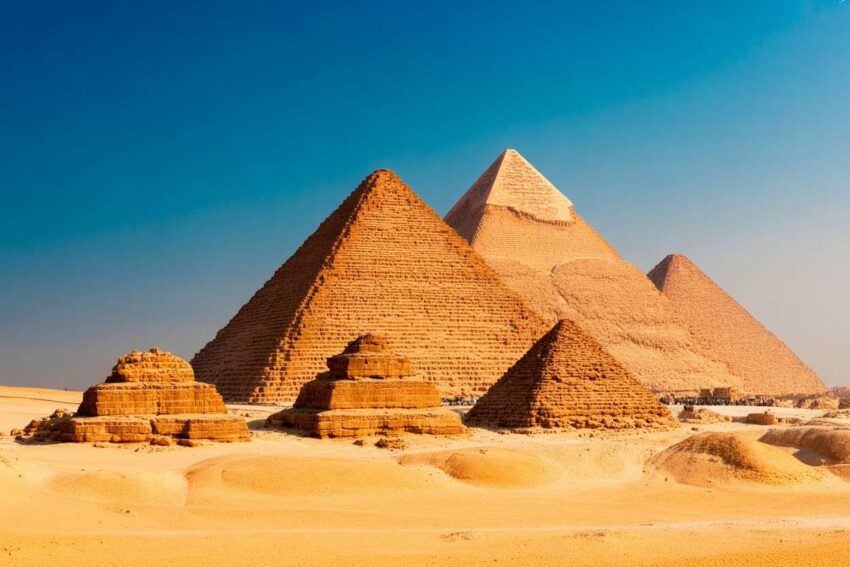Saudi Arabia Welcomes Millions of Tourists in H1 2025: What You Need to Know

Saudi Arabia witnessed a robust performance in its tourism sector during the first half of 2025, attracting a combined total of 60.9 million local and international visitors. According to data released by the Ministry of Tourism, total tourism spending for this period surpassed SR 161.4 billion, marking a four percent increase over the same timeframe in 2024. These figures reflect the continued growth and diversification of the Kingdom’s travel industry, driven by strategic investments, expanded infrastructure, and evolving visitor preferences aligned with Saudi Arabia’s Vision 2035 objectives.
The data further revealed that the average length of stay for inbound tourists was approximately 6.7 nights, while domestic travelers exhibited significantly longer stays, averaging 18.6 nights. Traveler motivations were predominantly centered around leisure, shopping, and sports engagements, followed by religious tourism and family visits. This mix underscores the wide-ranging appeal of Saudi Arabia as a destination catering to diverse traveler segments with varied interests.
Dominant Destinations and Regional Tourism Dynamics
Among inbound visitors, Makkah and Madinah remain unrivaled as the Kingdom’s top cultural and religious tourism hubs, drawing millions due to their unparalleled significance in Islamic heritage. These cities continue to be the primary magnets for international arrivals, especially during pilgrimage seasons.
For domestic tourism, the spotlight falls on Riyadh and the Eastern Province, which lead in attracting residents traveling within the country. Riyadh’s growing urban and cultural offerings and the Eastern Province’s coastal attractions contribute significantly to this domestic travel surge, reflecting efforts to develop tourism beyond traditional pilgrimage sites.
Key Source Markets Driving Visitor Inflows
Analysis of source markets shows that Egypt, Pakistan, and Kuwait constitute the three largest origins of inbound tourists to Saudi Arabia in H1 2025, followed by substantial visitor numbers from India and Indonesia. This regional dominance highlights strong cultural and economic ties, as well as the effectiveness of targeted visa facilitation and tourism promotion within neighboring and nearby countries.
The diversity of these source markets boosts Saudi Arabia’s tourism resilience, as growing air connectivity and regional cooperation offer sustained visitor flows year-round.
Accommodation Preferences Reflect Broad Travel Needs
The Kingdom’s evolving hospitality landscape meets visitor demands with a variety of accommodation types. Data indicate that hotels account for forty-three percent of overall lodging choices, favored by both business and leisure travelers for their range of services and amenities.
Following hotels, furnished apartments and private residences constitute a significant part of the accommodation mix, especially catering to longer-term visitors, families, and those seeking more independent experiences. This variety aligns with increased interest in extended stays and multifunctional travel purposes.
Economic Significance and Strategic Outlook
Saudi Arabia’s tourism growth is a critical driver of its economic diversification strategy. The increase in visitor numbers and spending supports broader goals to expand non-oil revenues and create jobs across hospitality, transport, retail, and cultural sectors. The ongoing development of iconic projects such as AlUla and enhancement of pilgrimage infrastructure further consolidate the Kingdom’s dual reputation as a heritage-rich and modern destination.
In parallel, streamlined digital visa platforms and improved international air connectivity underpin Saudi Arabia’s accessibility, making it more attractive to global travelers seeking new cultural experiences, leisure options, and business opportunities in the Middle East.
Tourism Transfers Ahead of Global Events
With international events such as the 2026 FIFA World Cup on the horizon, Saudi Arabia is positioned to capitalize on expected increases in tourism traffic. Enhanced infrastructure and services will be essential to accommodate the rising demand and sustain long-term growth.
Efforts to diversify into sports, cultural, and eco-tourism beyond pilgrimage are also creating fresh appeal among younger travelers, international tourists, and families, helping mitigate seasonality and broaden the destination’s global pull.
Saudi Arabia’s strong tourism performance in early 2025 reflects a broadly diversified and expanding visitor economy supported by priority cultural destinations, strategic market outreach, and significant investment in infrastructure, positioning the Kingdom for sustained growth in a competitive global tourism landscape.
The post Saudi Arabia Welcomes Millions of Tourists in H1 2025: What You Need to Know appeared first on Travel And Tour World.

